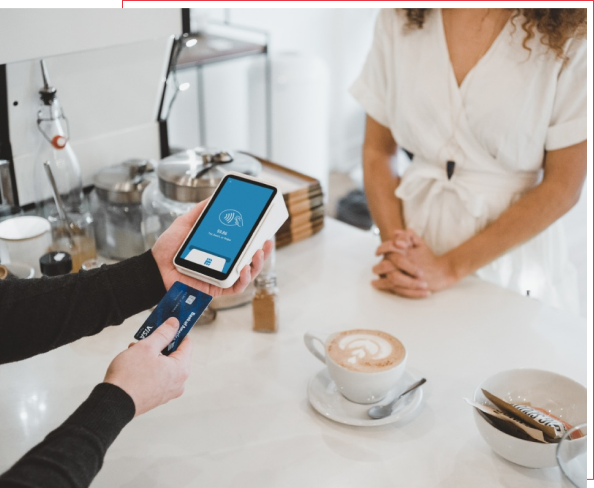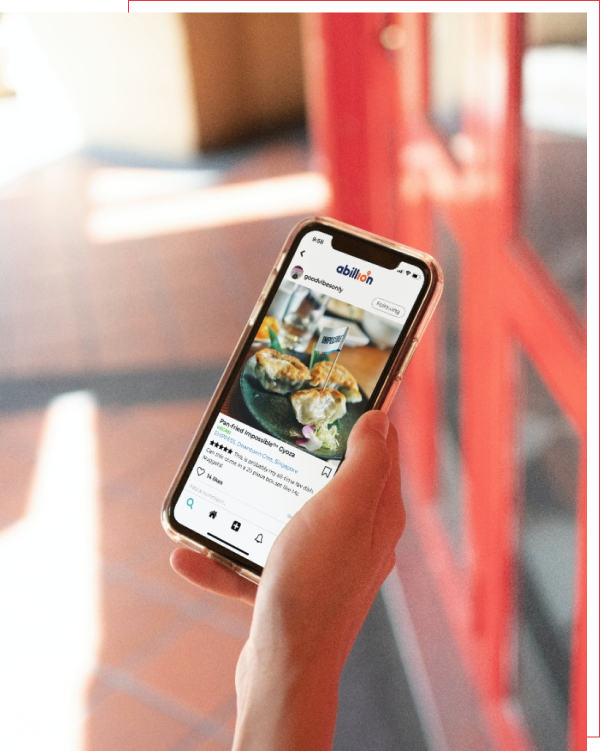Digital Dining Revolution

Background Information
The company in question is a thriving food and dining establishment that operates multiple restaurants and experiences a high volume of orders daily. With the increasing demand for online food ordering and the need for efficient kitchen-side order management, the company recognized the importance of optimizing its operations to enhance customer satisfaction and streamline its internal processes.
Problem Statement
The primary challenge faced by the company was the lack of a cohesive system for food ordering and kitchen side order management. This resulted in order errors, delays, and customer dissatisfaction. Additionally, integrating the existing POS systems with the digital platforms proved to be a complex task, leading to inconsistent data and inefficient processes. These issues posed a significant impact on the business, including reduced operational efficiency, decreased customer retention, and potential revenue loss.
Methodology
To gather data and information for this case study, a combination of primary and secondary research methods was employed. Primary research involved conducting interviews with key stakeholders, including restaurant managers, staff, and customers, to gain insights into their pain points and requirements. Secondary research included reviewing industry reports, white papers, and case studies to identify best practices and trends in the food and dining sector.

Solutions and Strategies
To address the challenges faced by the company, a comprehensive solution was implemented. The following solutions and strategies were employed:
Food Ordering Platform: A custom-built web and mobile application was developed using NodeJS, MongoDB, and ReactJS. This platform provided customers with a user-friendly interface to browse menus, place orders, and make payments seamlessly.
Kitchen Side Order Management: A robust order management system was implemented, enabling real-time order updates, automated order routing, and efficient communication between the kitchen staff and front-of-house personnel. This system utilized Sockets, gRPC, BullMQ, and Redis for reliable and scalable communication and task processing.
POS Integrations: Seamless integrations were established with popular POS systems such as Omnivore and Square. This integration allowed for synchronized data flow, including order details, payments, and inventory management, eliminating the need for manual data entry and reducing errors.
Implementation
The implementation plan involved a phased approach, starting with requirements gathering and system design, followed by development, testing, and deployment. A dedicated team of developers, designers, and project managers worked collaboratively to ensure the timely execution of each phase. The implementation utilized Agile methodologies, enabling flexibility and adaptability throughout the process. The timeline and resources were allocated based on the project's scope and complexity
Results and Outcomes
The implementation of the chosen solutions yielded significant outcomes for the company. The streamlined food ordering process and efficient kitchen side order management led to a considerable reduction in order errors and delays. Customer satisfaction and retention rates improved, resulting in a positive impact on the company's performance, efficiency, and profitability. Tangible benefits included increased order accuracy, faster order fulfillment, and improved staff productivity. Intangible benefits comprised enhanced brand reputation and customer loyalty.
Suggestions for Future Improvements
While the implemented solutions proved successful, there are areas for further improvement and future research. Continuous monitoring and analysis of customer feedback can provide valuable insights to refine the food ordering platform and enhance user experience. Furthermore, exploring machine learning and AI-driven analytics could enable personalized recommendations and predictive inventory management.
Conclusion
In conclusion, this case study demonstrated the effectiveness of implementing a comprehensive solution for food ordering, kitchen side order management, and POS integrations in the food and dining industry. By leveraging NodeJS, MongoDB, ReactJS, TypeScript, Sockets, gRPC, BullMQ, and Redis, the company was able to streamline its operations, improve customer satisfaction, and achieve notable business outcomes. The relevance and significance of this case study extend beyond the company itself, as it serves as a valuable reference for other organizations seeking to optimize their food and dining operations.
Closing Remarks
The successful implementation of the solutions presented in this case study highlights the transformative power of technology in the food and dining industry. By embracing innovative tools and methodologies, organizations can overcome operational challenges, deliver exceptional customer experiences, and stay ahead in a competitive landscape. The implications of this case study resonate not only within the food and dining sector but also across industries that can benefit from similar technological advancements.
Contact Info
Reach out to us anytime and lets create a better future for all technology users together, forever.

 info@softsages.com
info@softsages.com
Locations







